Improving tribal health and business — one veggie at a time
John Hendrix is not a born farmer. In fact, he never expected to be more than a casual at-home gardener. Yet, today he is managing Choctaw Fresh, a three-acre organic farm in Mississippi, growing fruits and vegetables on reservation land, and coordinating distribution across rural, low income and tribal communities.
Choctaw Fresh is putting more healthful food in homes and schools, in places where nutritious food has not always been accessible. So, how did Hendrix, the Choctaw tribe’s director of economic development, add farming to his list of responsibilities?
“The first phone call I got was from the food and beverage director of our casino, and he said we were shipping in produce from all over the continent,” Hendrix explains. At the time, the tribe was importing nearly 100 percent of its food. “He asked if there was anyway that we could start growing here on tribal lands.”

“It’s more about tribal sovereignty – and the tribe taking back control over its local food system.”
Creating a win-win-win
In 2011, Hendrix collaborated with the casino food and beverage department to develop Choctaw Fresh. The farming project addressed a clear business need, created employment opportunities and increased the availability of nourishing food for tribal members, including casino employees and children and families on the reservation. Hendrix saw a win-win-win.
“Most of what we get is shipped from a thousand miles away and we’ve forgotten what an actual good quality tomato tastes like.” In a few short years, Choctaw Fresh has harvested and supplied more than 50,000 pounds of fresh produce in five tribal communities. It also has expanded beyond the Choctaw Nation’s borders and is supplying Whole Foods Market and the Rainbow Natural Foods Co-op in Jackson, Mississippi.
“It’s reintroducing what good, quality food tastes like, especially in a place like the rural, deep South,” Hendrix said.
Sowing seeds of health
For Choctaw Fresh, the real wins have been within the tribal community, from facilitating farm visits with elementary students and getting them excited about eating vegetables, to developing a Food Ambassador program, to collaborating with the Diabetes Prevention Initiative.
The Food Ambassador program introduces young people to careers in food systems. Many Choctaw youths end up working in manufacturing or hospitality. Hendrix says Choctaw Fresh is “reintroducing [agriculture] as a new, healthy, alternative career path.”
Choctaw Fresh’s partnership with the Diabetes Prevention Initiative has helped get more healthful produce to clients through community-supported agriculture (CSA) subscriptions. The Diabetes Prevention Initiative is providing 25 CSA memberships to patients, ensuring each has access to fresh vegetables.

“Ten years from now we would love to have tribal members earning their sole income growing or supplying produce or other food for their community,” he said.
Tribal sovereignty for multiple generations
Despite its successes, Choctaw Fresh did not go from seedling to harvest overnight. Hendrix and his team first dreamed up Choctaw Fresh as a series of “mini-farms,” spread out among the community to reach people in isolated areas. However, that system had inefficiencies, so Hendrix and his team created a mobile market, bringing food to customers. It was a learning moment – to be successful, they needed to be flexible and willing to change their strategy.
“You can plan out all of these systems but you really have to be paying attention to what nature is doing to understand how to react to that next time,” he said. “There isn’t a book that can do that, it’s trial and error.”
Looking forward, Choctaw Fresh is expanding its operations, selling in more co-operative and grocery outlets off-reservation. The off-reservation sales help keep the business going so they can sell quality produce at more affordable prices on-reservation, where many customers are low-income.
Choctaw Fresh is also transitioning three of its farms to serve solely tribal members, as well as provide additional on-farm educational opportunities for young, tribal students.
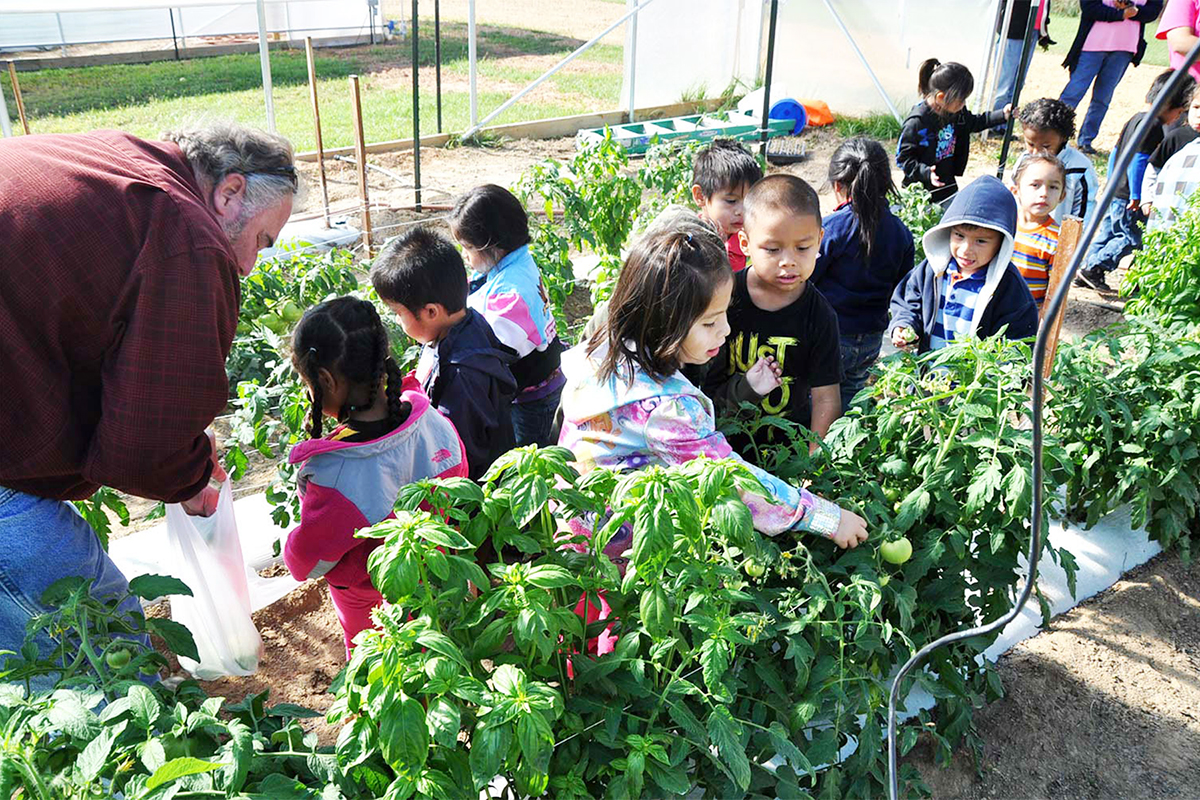

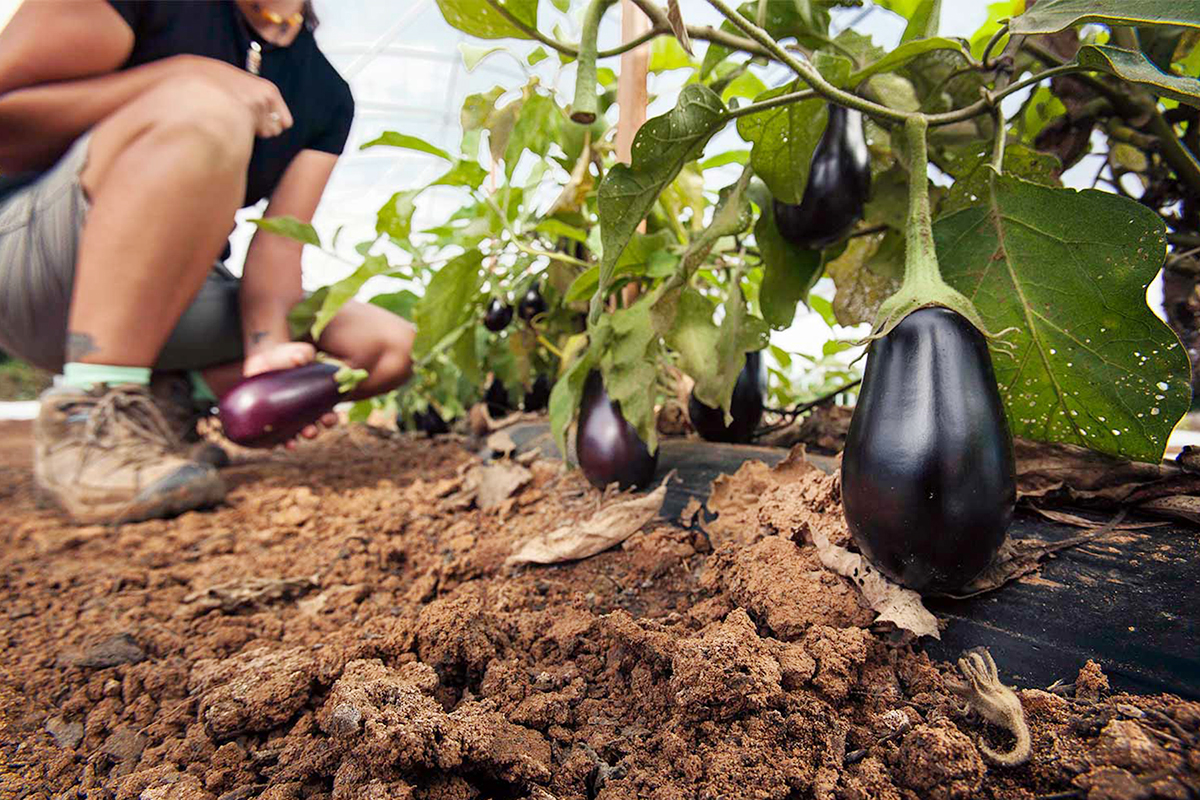

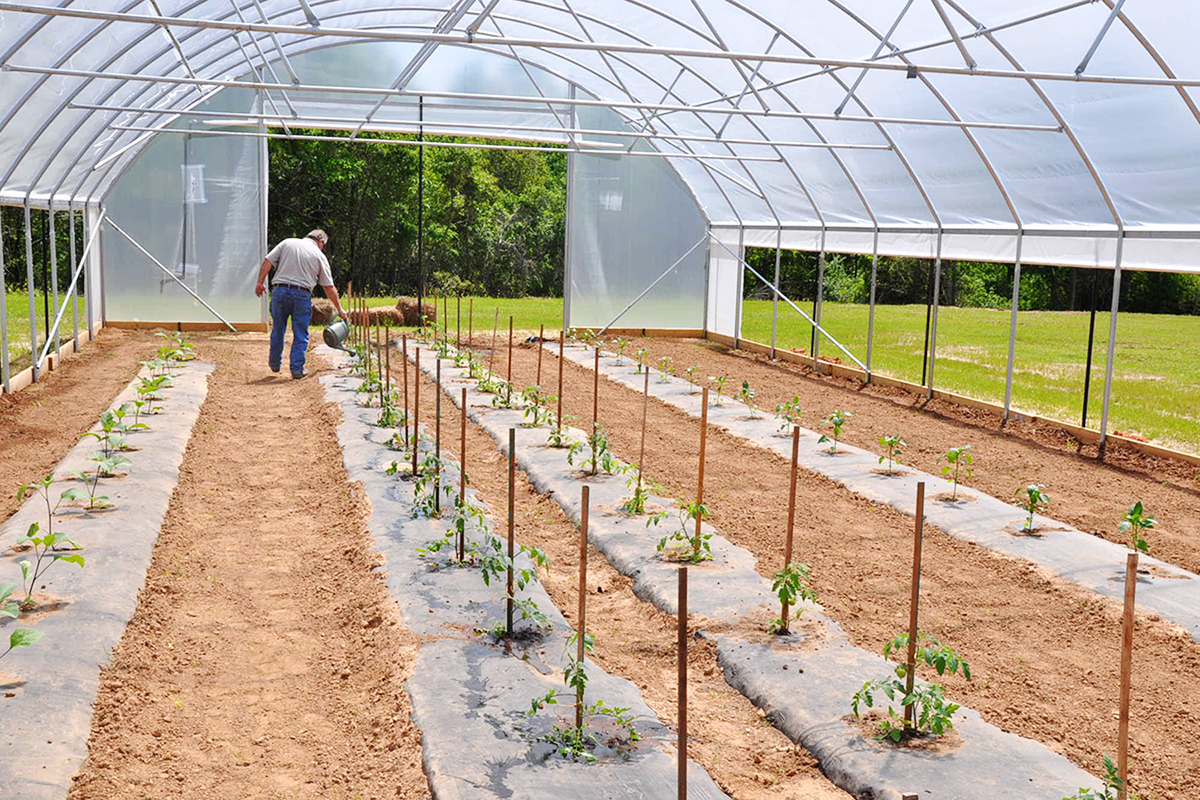
“Ten years from now we would love to have tribal members earning their sole income growing or supplying produce or other food for their community,” he said.
“And when you peel it back further, you see the benefits to health, you see the kids getting reengaged and excited about the local food system and eating healthier. That just reinforces this is really important … and spills over to multiple generations, from kids to elders.”
Key Lessons
Understand community needs.
“Find out what it is that the tribal community really wants, because if you can find a true need and a desire among your tribe, that just helps you strengthen your long term sustainability.”
Create a master plan.
“We tended to just put in equipment as we needed it and where it made sense at the time but once you’ve installed high tunnels, and then you install the ice maker and then you have to run the electrical line … you end up with a mismatch. It’s just like a building and we did not realize that on the front end. You can improve your efficiency, you can have a smarter design … if you actually treat this as a physical property and you take the time to engineer it in advance.”
Be realistic about what it will take to achieve our goals.
“Get all of the stakeholders on board, up front to say, ‘This is going to be a long-term opportunity, this is not a quick money maker, this is not going to instantly improve the health of the tribal population.’ Setting that goal post a little out in the future, saying ‘We’re going to get there but it’s going to take three to five years for it to break even.’”

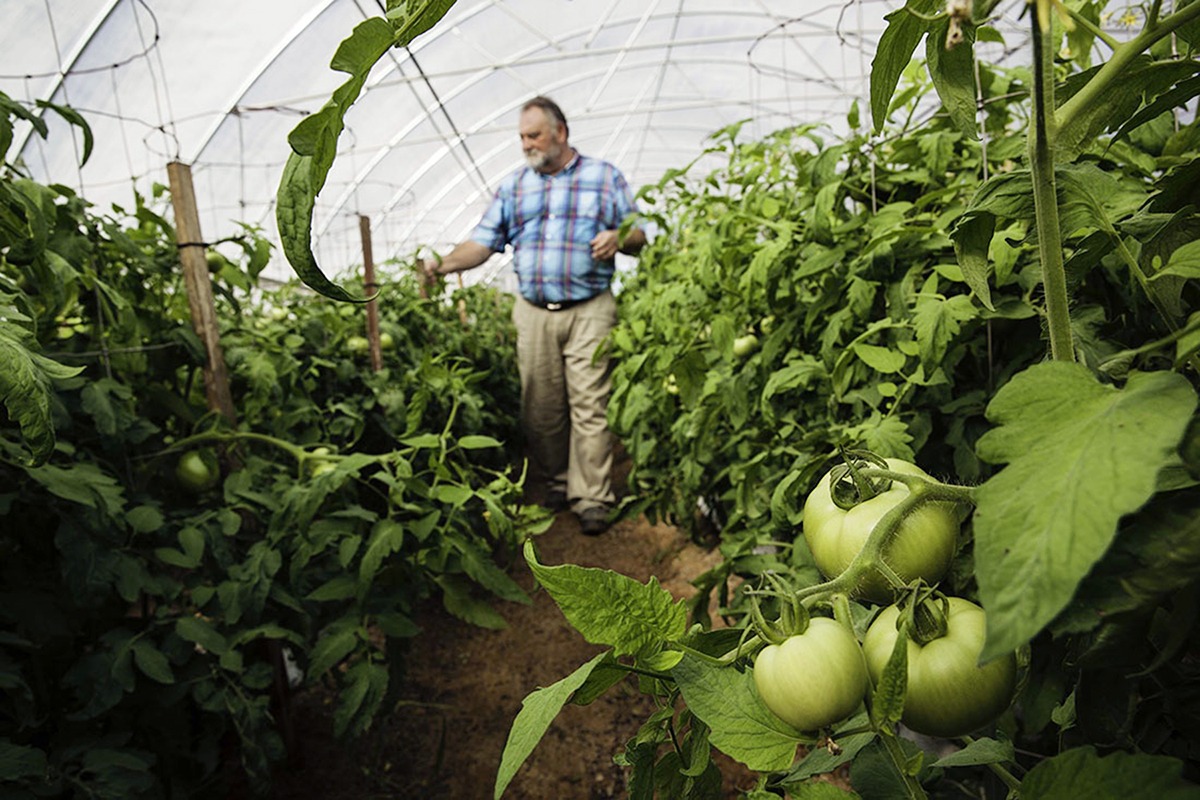
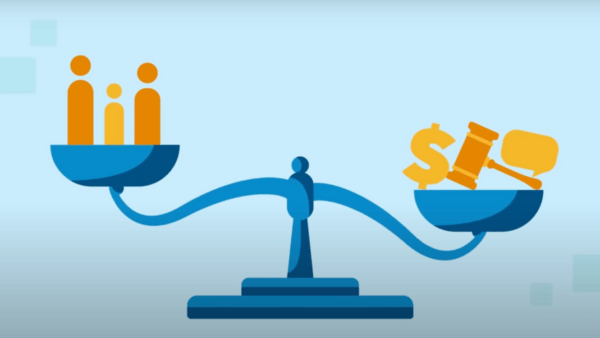
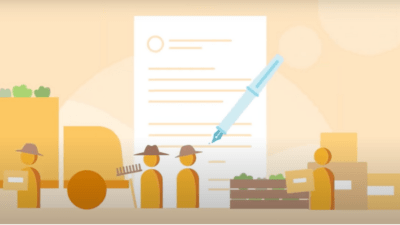
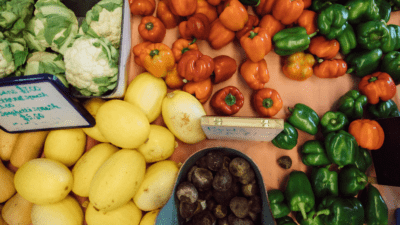

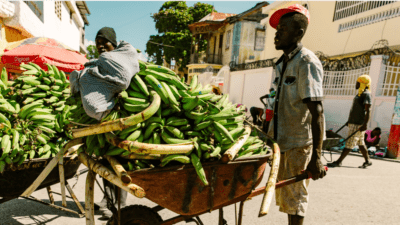

Comments